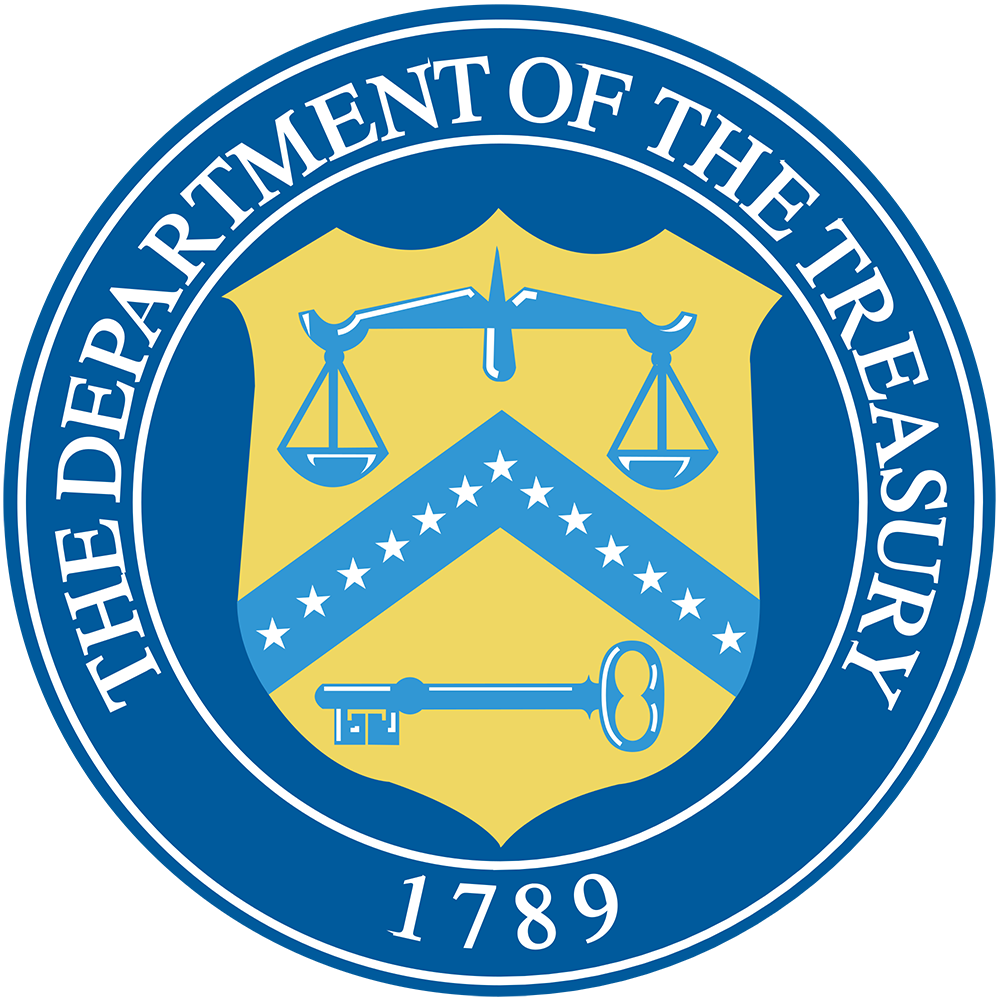Revised FAQs on Emergency Rental Assistance Provide Guidance on Implementation of Second Round of Funding

The U.S. Department of the Treasury (Treasury) has updated its guidance on the Emergency Rental Assistance (ERA) program, provided in a Frequently Asked Questions (FAQs) document. The updated guidance includes some policy modifications impacting both the first round of ERA funding authorized last December under the Consolidated Appropriations Act of 2021 (ERA 1) and the second round of ERA funding authorized in March under the American Rescue Plan Act (ERA 2), as well as certain new policies that relate only to ERA 2 implementation. The guidance applying to ERA 2 only is reflective of the more flexible statutory language authorizing the second round of funding.
Highlights of the new guidance follow:
- While the statute authorizing ERA 1 requires households to either qualify for unemployment or have a financial hardship due directly or indirectly to COVID-19 in order to qualify for assistance, ERA 2 requires only that the household qualify for unemployment or have a financial hardship during the pandemic (as opposed to a financial hardship caused in some way by the pandemic). This difference in the eligibility criteria should reduce the burden applicants face in qualifying for assistance. The FAQs note that, because the standard in ERA 2 is broader than in ERA 1, any applicant who qualifies for ERA 1 automatically meets the standard for ERA 2.
- The Treasury guidance for ERA 2 requires grantees to make assistance available directly to tenant applicants if a landlord or utility provider is either unwilling to accept the assistance directly from the grantee or is unresponsive to the grantee’s requests for information in order to make a payment on behalf of a tenant applicant. Under ERA 1, grantees are not required to make direct payments to tenant applicants, though most state grantees’ policies allow for direct-to-tenant payments according to NCSHA survey data. Further, while the authorizing statute for ERA 1 requires grantees to first seek the cooperation of landlords or utility providers and attempt to pay those entities directly before making a direct-to-tenant payment, that requirement is not applicable to ERA 2.
- The revised FAQs cut in half the time period a grantee must give a landlord or utility provider to respond to requests for participation in the program when a tenant initiates the application under ERA 1. Previously, if the grantee reached out via mail, the landlord or utility provider had 14 days to respond, after which the grantee may make a payment directly to the tenant. The new FAQs shorten this to seven days. Also, previous guidance required the grantee, if reaching out to the landlord or utility provider by email, phone, or text, to do so at least three times over a 10-day period, after which the grantee could pay the tenant directly. Treasury reduced that time period to five days. While ERA 2 has no requirement that the grantee reach out to the landlord or utility provider before making a direct payment to the tenant, Treasury encourages grantees to use the same timeframe for ERA 2 as they do for ERA 1 if their individual policy is to seek cooperation from the landlord or utility provider before making a payment directly to the tenant.
- Treasury guidance since February has allowed, but not required, grantees to use ERA 1 to pay the tenant-paid portion of rent for households assisted with other rental assistance programs (such as Section 8 vouchers or project-based rental assistance). The vast majority of state agencies pay the tenant-paid portion of rent for assisted households with their ERA 1 funding based on NCSHA survey data, and NCSHA has urged all states to adopt this policy. The revised FAQs prohibit grantees from making federally assisted households ineligible for ERA 2. Moreover, on a call hosted by the National Low Income Housing Coalition, White House American Rescue Plan Coordinator and Senior Advisor to the President Gene Sperling strongly encouraged grantees make federally assisted households eligible for ERA 1 to cover the tenant-paid portion of rent.
- ERA 2 is more flexible than ERA 1 in relation to the provision of housing stability services. Grantees may use up to 10 percent of both ERA 1 and ERA 2 dollars for housing stability services. However, with ERA 1, those services must be related to the COVID-19 pandemic; whereas with ERA 2, there is no such requirement.
- The revised FAQs clarify that grantees must prohibit landlords from evicting a tenant for nonpayment of rent during the period covered by prospective assistance, and that grantees are encouraged to prohibit landlords from evicting a tenant for nonpayment of rent for some time period after providing ERA for arrears. In all cases, Treasury strongly encourages grantees to require landlords, as a condition of receiving funds, not to evict for nonpayment of rent for between 30 to 90 days beyond the covered period. This applies to both ERA 1 and ERA 2.
- The revised FAQs clarify that grantees may use ERA funds to provide assistance to eligible households moving to new homes, including covering prospective rent, relocation assistance, utilities, and home energy costs, including after an eviction. This applies to both ERA 1 and ERA 2.
NCSHA has revised its side-by-side comparing ERA 1 to ERA 2 to account for the revised FAQs. The side-by-side provides further details about the ERA 1 and ERA 2 guidance.
Treasury also published a Fact Sheet on the new guidance that provides an overview of some of the changes as well as the ERA 2 allocation amounts to state and local grantees. Treasury has encouraged grantees to apply for the funding by May 10 to receive an ERA 2 grant promptly, though Treasury will accept applications after that date.

